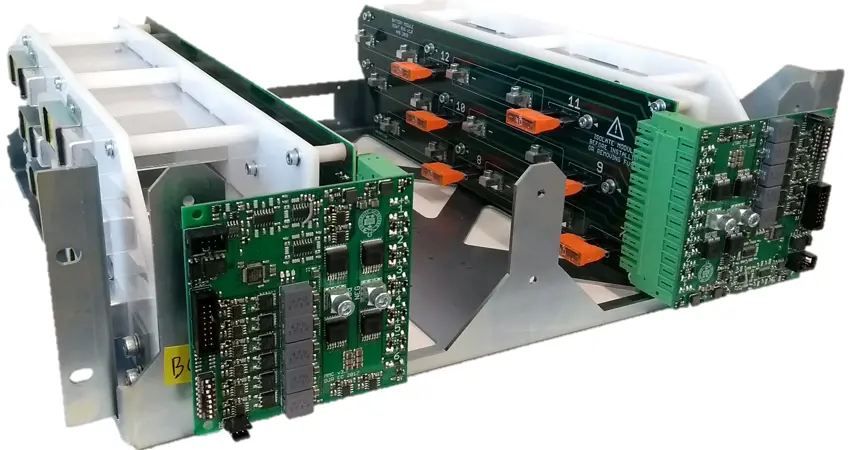05 Apr 2022
Sheffield University led project aims to accelerate transition to net zero grid through energy storage technologies
Engineering Science researchers at Oxford will create high-fidelity models of several new and emerging grid-connected energy storage technologies

Researchers at the University of Sheffield will lead a collaborative project, ‘Energy Storage Integration for a Net Zero Grid’, to determine how different energy storage devices and technologies can be integrated into the grid to achieve the UK’s net zero by 2050 target.
A collaborative team of researchers from the universities of Oxford, Birmingham, Manchester and Newcastle well as Sheffield, has received £1.2m from the Engineering and Physical Sciences Research Council (EPSRC) to determine how to increase the current storage capacities and associated scale-up and integration of energy storage technologies into the grid.
Oxford’s contribution, led by Associate Professor of Engineering Science Dan Rogers, will create high-fidelity models of several new and emerging grid-connected energy storage technologies. The models will run in real-time on dedicated computer systems and be deployed at several locations across the UK. Professor Rogers explains, “These systems will be linked together over the internet to build flexible, reconfigurable simulations of the UK’s future storage landscape. Importantly, the resulting system will measure and react to changes in the state of both the electrical network and data networks in real-time”.
The challenges of balancing supply and demand for energy in the UK have been shown through the recent rapid increases of electricity and gas and the shortage of fuels at the pumps. These can be partly attributed to the capacity of storage at points between production and use, and the capability of the infrastructure to deliver.
Power grids are at the heart of the transition to achieving the country’s net zero goals. A net zero grid would need to be resilient, robust and reliable, integrating renewable generation and withstanding constantly changing supply and demand patterns as well as extreme weather conditions. The future energy system will increasingly rely on renewables which supply energy intermittently. We are also then still reliant on carbon-based backup generation, such as gas, to fill any shortfall.
Professor Rogers adds, “Oxford’s contribution will allow researchers to explore how co-ordinated control of energy storage systems can increase the resilience of electrical networks, reduce infrastructure costs and lower net carbon emissions, as well as exploring the increasing co-dependency of electrical and data networks.”
Programme lead Professor Dan Gladwin, from the University of Sheffield’s Department of Electronic and Electrical Engineering, says: “Increased energy storage is needed on the electrical network to support high levels of variable renewable electricity such as wind and solar to enable us to reach our net-zero goals. The GB network currently has 5.3GW of electrical energy storage of which 1.3GW is battery energy storage and this is expected to grow by at least 8GW by 2030.”
Long-duration storage technologies, such as pumped water storage, liquid air, hydrogen and thermal, can not only make a zero-carbon electricity system a reality faster, but they can also help it come at a lower cost for consumers. They can reduce the need to curtail, or shut down, excess wind or solar output and store it to be used many days or even months later when required by the grid. These generally require larger installations to make economic sense and therefore require large investments.
Professor Gladwin continues: “Our project will investigate where and how energy storage could be connected to the grid, how it could be controlled and what policies and market conditions would be required to meet the storage requirements of the grid.”
The work will be underpinned by experiments using operational grid-scale storage demonstrators operated within the consortium.



